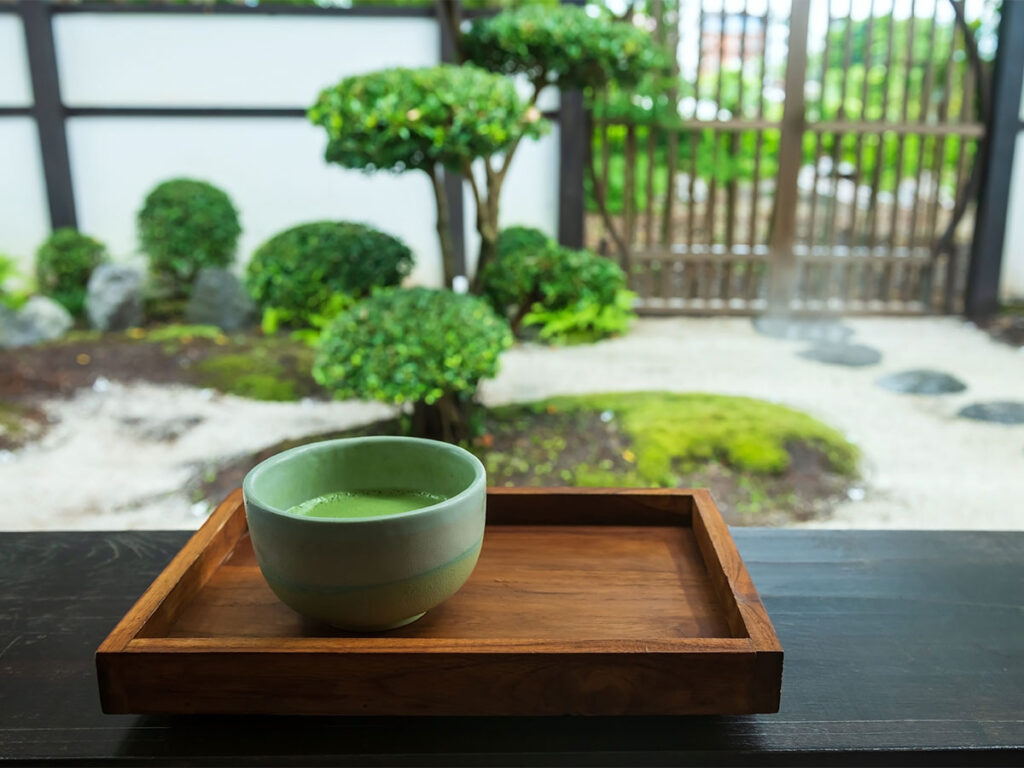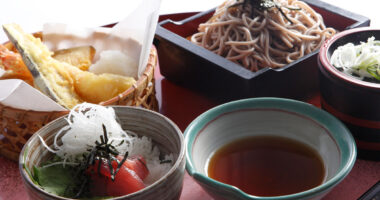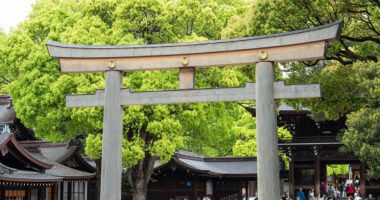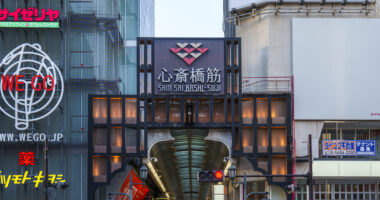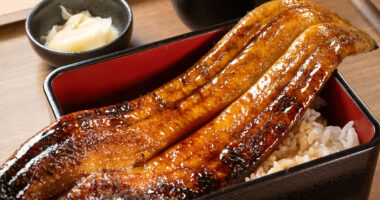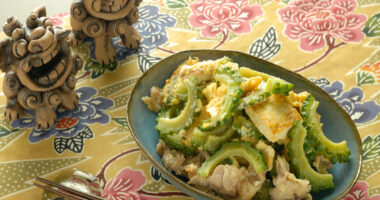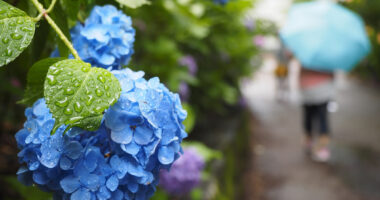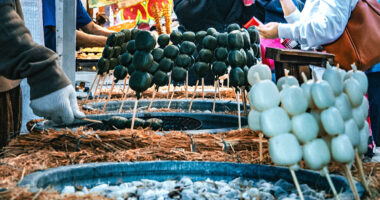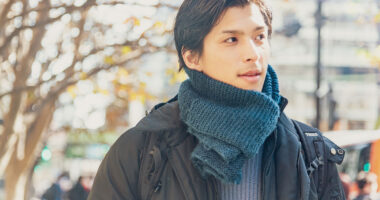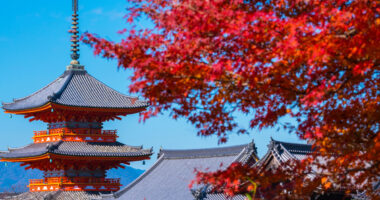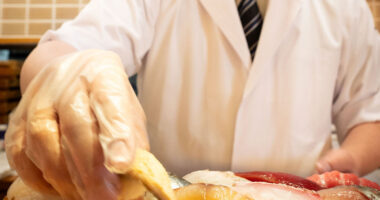Sadō, traditional Japanese tea ceremony, is more than just the act of drinking tea—it’s a deeply refined art form that embodies hospitality, mindfulness, and seasonal beauty.
For international visitors, experiencing the Japanese tea ceremony can become a highlight of their trip. However, for first-timers, the many steps and customs may feel overwhelming at first.
This article breaks down the basic manners and steps of the tea ceremony in a clear, beginner-friendly way. Learning a few fundamentals beforehand will allow you to better appreciate the world of sado and deepen your understanding of Japanese culture.
What is the Japanese tea ceremony?
The Japanese tea ceremony is not simply a way to drink tea—it’s a cultural practice that encapsulates Japanese aesthetics and spirituality. Dating back to around the 14th century, sado is grounded in the philosophy of wakei seijaku—harmony, respect, purity, and tranquility.
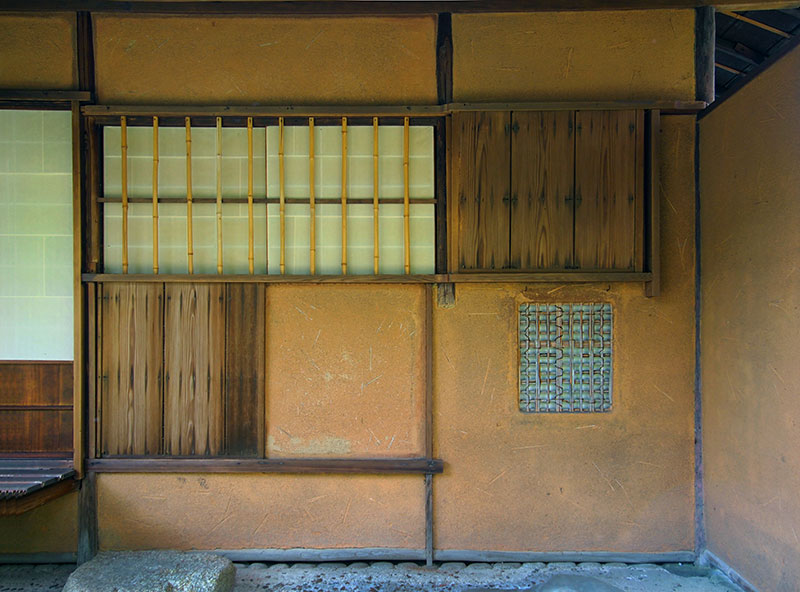
Photo for illustrative purposes
Philosophy and history of Japanese tea ceremony
The spirit of wakei seijaku is reflected in every element of the tea room and each gesture. At its heart is the concept of ichigo ichie, the belief that every encounter is once-in-a-lifetime and should be cherished with full presence and intention.
Historically, the tea ceremony was formalized in the Muromachi period (1336–1573) and perfected by the tea master Sen no Rikyū. Over time, many schools of tea ceremony have emerged, each with unique philosophies and approaches.
Essential tools used in the tea ceremony
Every utensil in the Japanese tea ceremony has a distinct role and meaning. Learning the basic tools can help you gain a deeper understanding of the tea gathering.
- Matcha: powdered green tea
- Chasen: bamboo whisk used to mix the tea
- Chawan: tea bowl
- Chashaku: bamboo scoop for powdered tea
- Fukusa: silk cloth used for purifying utensils
- Kaishi: paper used to hold sweets or wipe the rim of the tea bowl
Steps and manners from entering to exiting the tea room
From the moment you enter the tea room to when you leave, there are a number of key manners to observe. Knowing the basics will help you participate with confidence.
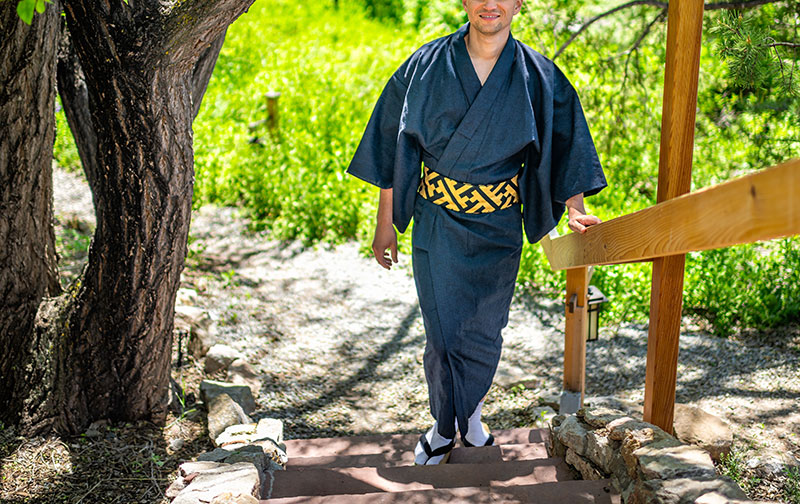
Photo for illustrative purposes
How to enter the tea room
Begin by removing your shoes and sitting down to slide the door open. Movements should be slow and quiet. The small entrance known as the nijiriguchi is intentionally low, requiring you to kneel and enter humbly. This symbolizes equality among guests and discourages weapons in the tea space.
It is proper etiquette to bow upon entering to show respect for the host and other guests. This bow expresses humility and gratitude.
Basic movements inside the tea room
Inside the room, walk using suri-ashi, or sliding steps, without lifting your feet. This keeps the atmosphere calm and silent. Also be careful not to step on the tatami mat borders, which is considered impolite.
When passing tea utensils or decorations, slightly bow your head as a sign of respect. Always bow in front of the alcove, or tokonoma, before passing.
Proper sitting posture
Guests are expected to sit in seiza (a traditional Japanese kneeling sitting position). If this is difficult, let the host know in advance—some gatherings may provide chairs.
Keep your back straight, and place your hands gently on your lap. Avoid crossing your arms or fidgeting.
How to exit respectfully
When leaving, stand quietly and bow to the host and other guests. Open the door while seated in seiza, and before exiting, turn back and bow once more. These gestures express gratitude for the hospitality.
You may also say a few words of appreciation to the host, such as “Otemae arigatō gozaimashita,” which means “Thank you for the tea preparation.”
How to choose a seat in the tea room
Seating in a tea ceremony follows a hierarchy based on each guest’s role. Knowing where to sit according to your level of experience or status is important.
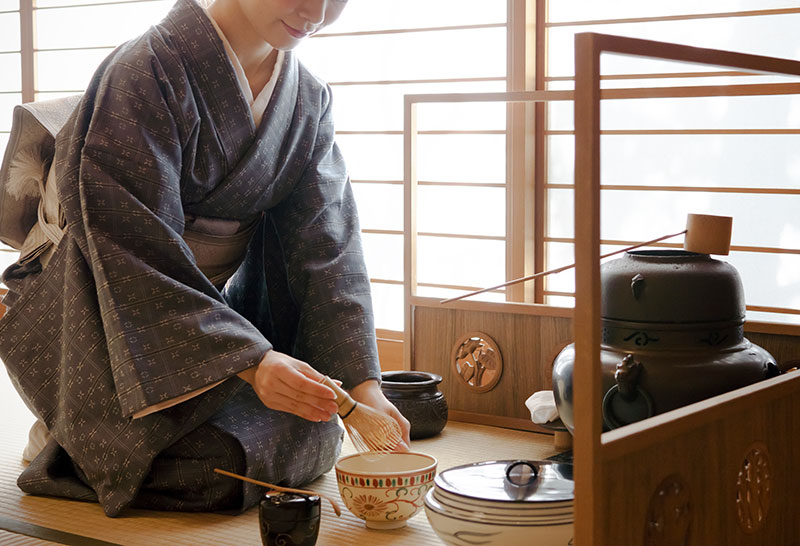
Photo for illustrative purposes
Roles and positions: shōkyaku, jikyaku, and matsukyaku
The main guest is the shokyaku, seated closest to the tokonoma. This is usually a senior guest or guest of honor. Other guests follow in order, with the matsukyaku (last guest) seated closest to the host.
While the shokyaku and matsukyaku have special responsibilities, as a foreign guest you generally won’t need to choose where to sit. Your host will typically guide you to a specific seat of honor, a prominent position chosen to give you the best view and make you feel welcome. When unsure, ask the host in advance.
Each seat’s role and etiquette
The shokyaku represents the group and engages in conversation with the host. The matsukyaku ensures the ceremony flows smoothly and assists in returning utensils to the host.
No matter where you sit, avoid chatting or staring intently at other guests. Be calm and let the ceremony flow around you.
How to receive sweets and matcha
Receiving the tea and sweets properly is a key part of the tea ceremony. Knowing the steps ensures a smooth and respectful experience.
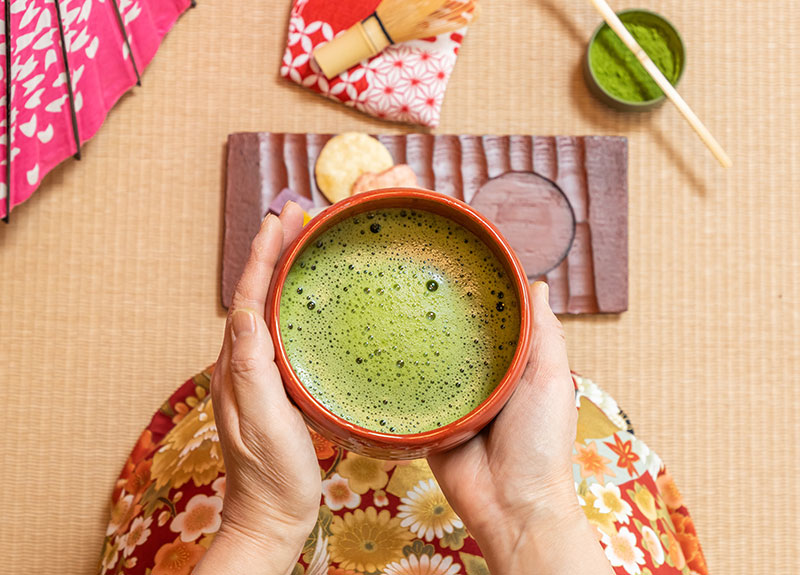
Photo for illustrative purposes
How to enjoy sweets
Sweets are usually served before the tea to soften the bitterness of matcha. Never take them with your bare hands—use kaishi paper as a mat or to pick them up.
When sweets are served, you should bow your head slightly and say “chōdai shimasu” or “chōdai itashimasu” (polite expressions meaning “I humbly receive this”).
Sweets should be eaten in one or two bites, with your mouth partially covered using the kaishi for good manners. Take your time and enjoy the flavor slowly.
Receiving the tea bowl
When the host offers tea, they will say “dōzo” (“please enjoy”). Bow and respond, “Otemae chōdai itashimasu,” ( formal expression meaning “I humbly receive your tea preparation”) then take the tea bowl with your right hand, placing it on your left palm. Turn it clockwise twice so the front of the bowl doesn’t face you.
Before drinking, offer a nod or say “Osaki ni” (“Excuse me for going first”) to your neighbor. This shows humility and appreciation.
How to drink matcha
Matcha is typically sipped in three to five small gulps. Don’t chug—savor it slowly. In some schools, slurping the last sip slightly is considered a sign of enjoyment.
After drinking, use the thumb and forefinger of your right hand to gently wipe the spot on the rim from which you drank. In many cases, you will use your kaishi paper for this instead. Then, rotate the bowl clockwise so its front faces the host before placing it down.
At the end, be sure to express your gratitude by saying something like “oishiku chōdai itashimashita” (meaning “Thank you, it was delicious”) or “arigatō gozaimashita” (meaning “Thank you very much”)..
Returning the tea bowl
Use both hands to return the tea bowl with its front facing the host. Handle it gently to avoid noise.
In larger gatherings, the last guest usually collects everyone’s tea bowls. Place your bowl in front of you and wait for it to be picked up.
After returning the bowl, bow once again to express thanks. Saying “Otemae arigatō gozaimashita” (“thank you for your tea preparation”) is a thoughtful gesture.
Understanding the tools and gestures of the tea ceremony
To gain a deeper appreciation of the tea ceremony, it helps to know more about the tools and gestures involved. This knowledge also enhances your conversations during the gathering.
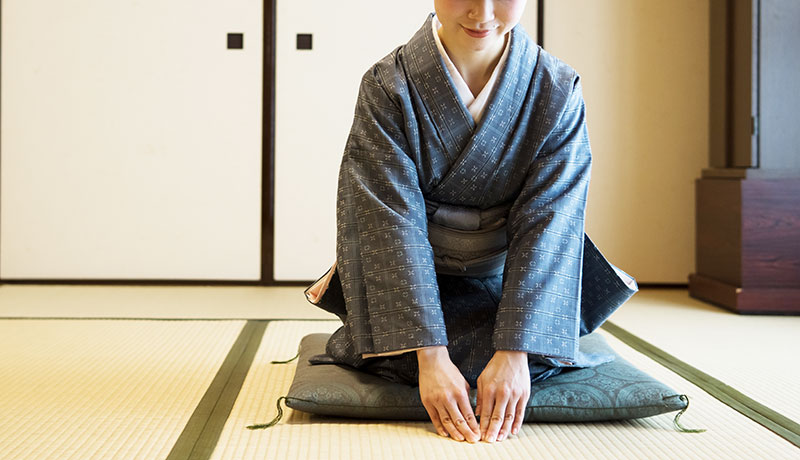
Photo for illustrative purposes
Seasonal decorations and tea tools
The Japanese tea ceremony places great emphasis on seasonality. The tea utensils and decorations reflect the current season—for example, bowls with cherry blossoms in spring, wind chimes in summer, maple leaf sweets in autumn, and snow-themed designs in winter.
The patterns and motifs on tea utensils often have auspicious or seasonal meanings. Feel free to ask your host if you’re curious!
Basic fukusa handling
The fukusa is a square silk cloth used to purify tea utensils. Handling it—called fukusa sabaki—involves a series of practiced folds and gestures.
While guests do not handle the fukusa, appreciating the host’s practiced and graceful handling of it is part of the experience. These movements are a key display of the host’s skill.
Common phrases in Japanese tea ceremony
- Otemae: the host’s tea preparation performance
- Ohakobi: carrying the tea or sweets
- Usu: thin tea
- Koi: thick tea
- Ippuku: a single bowl of tea
- Ocha o chōdai shimasu: phrase said before drinking tea
- Osaki ni / Shōban shimasu: phrases for when taking sweets or tea before others
It’s more polite to say “Otemae chōdai itashimasu” than just “Itadakimasu” at a tea ceremony.
Three types of bows and when to use them
There are three levels of bowing used in sadō: shin (formal), gyō (moderate), and sō (light). The deeper the bow, the more respect it shows.
Shin involves bowing deeply so that your forehead nearly touches the tatami, used at the beginning or end of the gathering. Gyō is a standard bow. Sō is a light bow similar to a nod.
First-timers should mainly use the gyō bow and watch others to gauge what’s appropriate.
How beginners can enjoy the tea ceremony
Even beginners can enjoy the Japanese tea ceremony with a little preparation. Here are some tips to help you make the most of your experience.
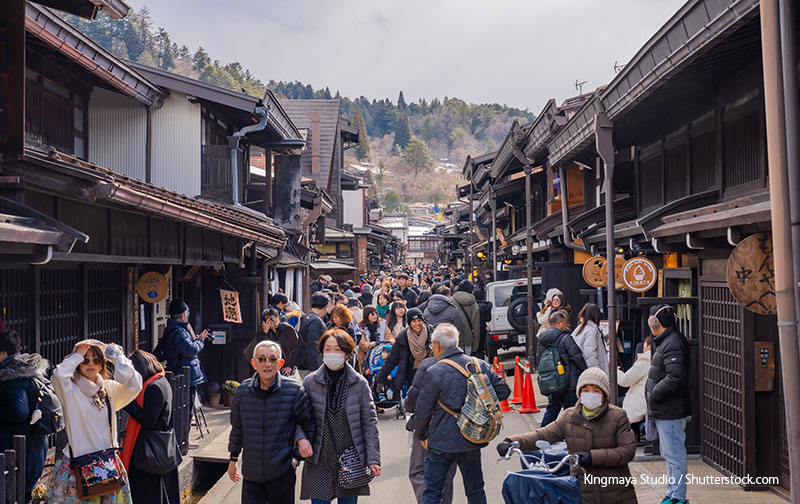
Photo for illustrative purposes
Choosing a tea ceremony experience
Many popular tourist destinations in Japan—like Kyoto, Tokyo, and Kanazawa—offer tea ceremony experiences for visitors, often in English or other languages.
Programs range from casual 30-minute experiences to full 1-hour sessions. Check the language support and content before booking.
Advance reservations are usually required—popular venues fill up quickly.
What to wear and bring
Wear comfortable, loose-fitting clothes that allow you to sit easily. Avoid jeans or tight skirts. White socks or tabi are preferred—bare feet are discouraged.
Bring minimal accessories, and store large bags before entering. Most venues provide kaishi paper and allow small cameras for photos.
Tips for asking questions
If you have questions, wait for an appropriate time—avoid interrupting during the tea preparation. Many hosts allow Q&A time afterward.
It’s important to show respect to the tea ceremony instructor or host by expressing your gratitude with words like “arigatō gozaimasu” (meaning “thank you”) or “subarashii taiken deshita” (meaning “it was a wonderful experience”). A warm smile and polite attitude go a long way—even if you don’t speak Japanese.
Conclusion
The Japanese tea ceremony consists of many steps—from entering and sitting to enjoying sweets, drinking matcha, and exiting the tea room. While it may seem like a lot to remember, understanding the basics will help you enjoy it more fully.
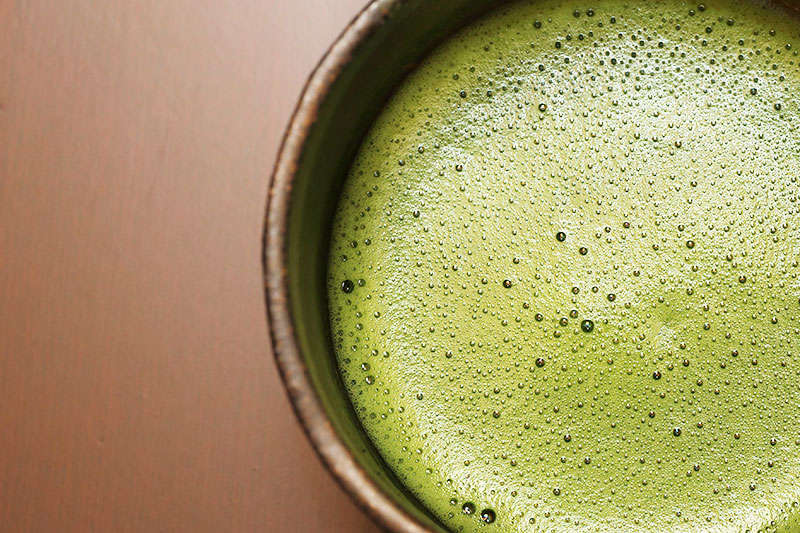
Photo for illustrative purposes
- Bow when entering and exiting the room
- Use quiet, sliding steps (suri-ashi) on the tatami
- Eat sweets politely using kaishi
- Drink matcha in three to five sips
- Turn the tea bowl so the front doesn’t face you
- Always show respect and gratitude
If you have the chance to participate in a tea ceremony in Japan, remember these basic steps and approach it with sincerity—you’re sure to have a meaningful experience.
